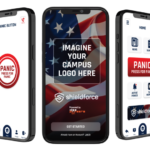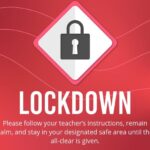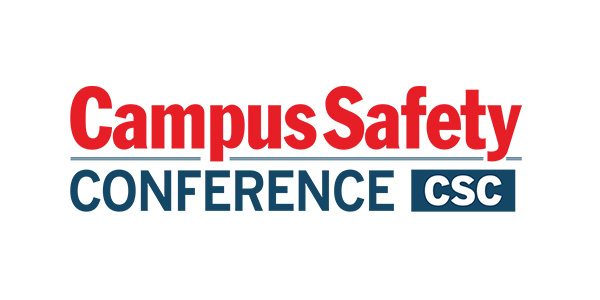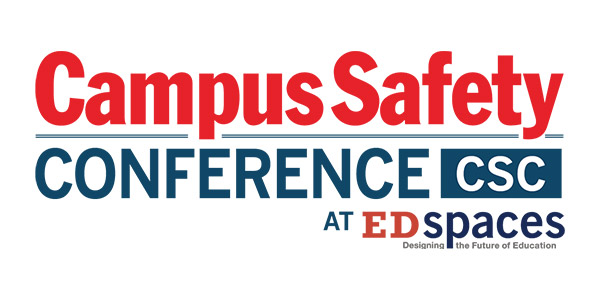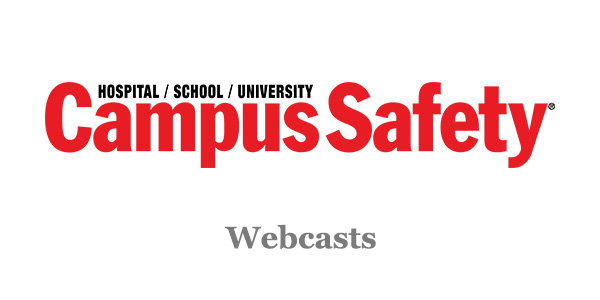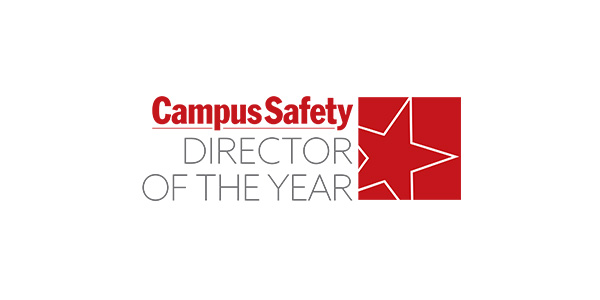College campuses are basically small towns. Some of them aren’t even that small. It’s not at all uncommon for state schools to feature tens of thousands of students. That’s a lot of humans to manage, and the fact that they are hormonal teenagers, often inebriated and away from their parents for the first time in their young lives doesn’t help things.
To protect students from disaster, your university needs a solid communication plan. Unfortunately, the logistical challenges of ensuring that tens of thousands of people know what to do during an emergency are very real.
In this article, we take a look at how your school can make sure that students and staff members know what they are supposed to do in the event of an emergency.
Defining Disaster
In the past, disaster preparation at schools everywhere focused primarily on the basics. Tornadoes. Fires. Earthquakes. During the Cold War, maybe bombs.
Bombs are basic?
Ok. Bombs aren’t basic. But you see where we are going with this. In 2023, all of the oldies and goodies are still in circulation, but there are new threats that weigh on the minds of students and the people who are responsible for keeping them safe.
One of them, unfortunately, is the threat of an active shooter. Most kids starting their college education today have probably had some form of an active shooter drill in high school or even grade school. However, college campus life is quite different, and the logistics of coordinating a drill of this kind are difficult to manage for the 40,000+ people that can occupy a college campus.
Since the pandemic, there are also viral disasters to worry about. These are admittedly slower acting than say, a fire (things haven’t quite devolved into The Stand territory yet) but they do pose a threat to students, and they can be a big headache for administrators.
What do you do when a student contracts COVID? How can they quarantine when they are living in a dorm room? And so on.
Though these new considerations pose challenges, administrators are finding ways that work to make college campuses safer than ever.
Orientation
Orientation is the best place to introduce students to initial safety expectations and protocol. If you think about it, the first few days of a new class’s time on campus are really the only sure time you can reasonably expect to get most people together.
Once class actually starts, all those new students scatter to the wind. They have their own living arrangements. Their unique schedules. Mass communication becomes that much harder.
During orientation days, make sure that you mandate a safety seminar in between all of your other activities. Students may be anxious to explore campus and meet new friends, but a little bit of time on the front end could make a big difference in the event of an emergency.
Drills
As mentioned earlier, there are limits to how well you can drill your students on safety expectations once school starts. However, dorm rooms are still a good place to mandate disaster safety preparation.
Surprise fire drills are an effective way to make sure that everyone is prepared for the worst-case scenario in the event of an emergency. The students won’t love them, but they will love knowing what to do in the event that there is a real fire.
You might still miss some students— at a college campus moments where everyone is in the dorm at the same time are few and far between— but there’s only so much that you can do, right?
Regular Reminders
Regularly remind your students and staff of what sort of disaster preparedness and communication policies the school has. This can and should be accomplished through multiple channels. Social media is a powerful and effective way to get your information out to a large number of people.
If your school has a regular newsletter (by which we mean mass email) that is another good way to get the job done. Small safety reminders once or twice a week can be an effective way to help make sure that everyone is prepared for the worst.
Multiple Means of Communication
For true disaster preparedness, it is always important to have multiple streams of communication. Of course, everyone has a phone in their pockets these days, but what if the disaster interferes with cell service? Suddenly, you have tens of thousands of people who are virtually helpless.
Disaster relief experts recommend providing people with access to:
- Landlines (don’t laugh)
- Walkie talkies
- Satellite phones
Naturally, this doesn’t mean that you need to give every new student a walkie-talkie. It does mean that there should be multiple methods of communication spread throughout the campus. Make sure that your staff understands how they can communicate in the event of an emergency.
Mass Communication Technology
Finally, and most importantly, your school needs to have a way to reach virtually everyone on campus at the same time. The good news is that you probably already have it. Most schools use text-based communications to pass news out to students routinely. You may even be able to send out recorded messages to people’s voicemails.
In the event of an emergency, this will most likely be your most effective means of reaching people. It’s still not perfect. Not everyone has a phone— don’t look at us that way, it’s true— and still others might simply miss the update.
That’s why it is so important to have multiple streams of communication. The more ways you can tell people how to communicate and what to do during an emergency, the safer your school will ultimately be.
It takes a lot of work, and certainly a lot of money. Moreover, it’s time and cash that you hope wind up being wasted. But, in the event of an emergency, all of this preparation will be the difference between tragedy and triumph.
Sarah Daren has been a consultant for startups in multiple industries including health and wellness, wearable technology, nursing, and education.
Note: The views expressed by guest bloggers and contributors are those of the authors and do not necessarily represent the views of, and should not be attributed to, Campus Safety.



